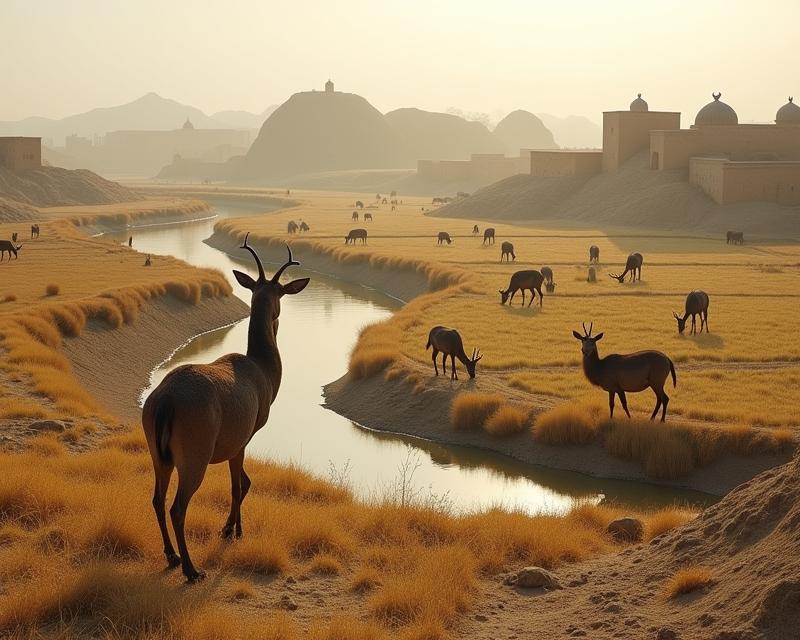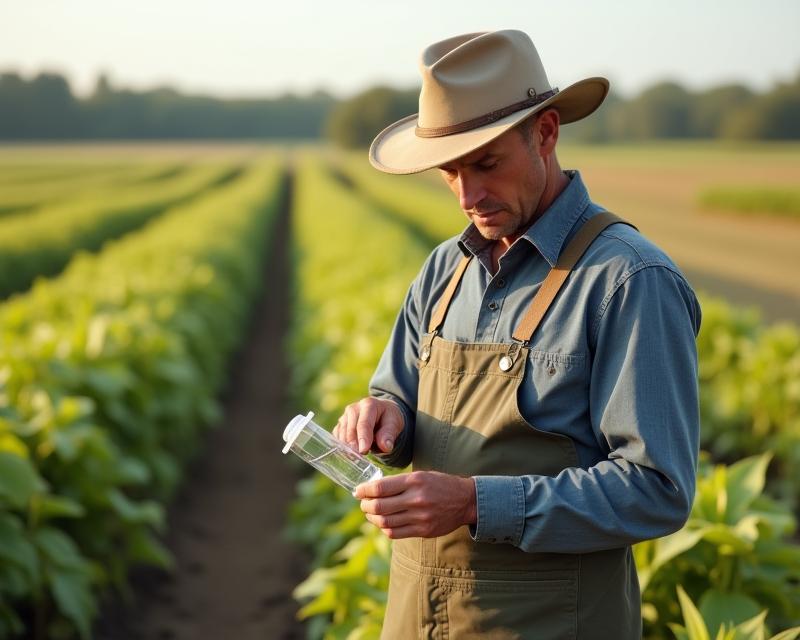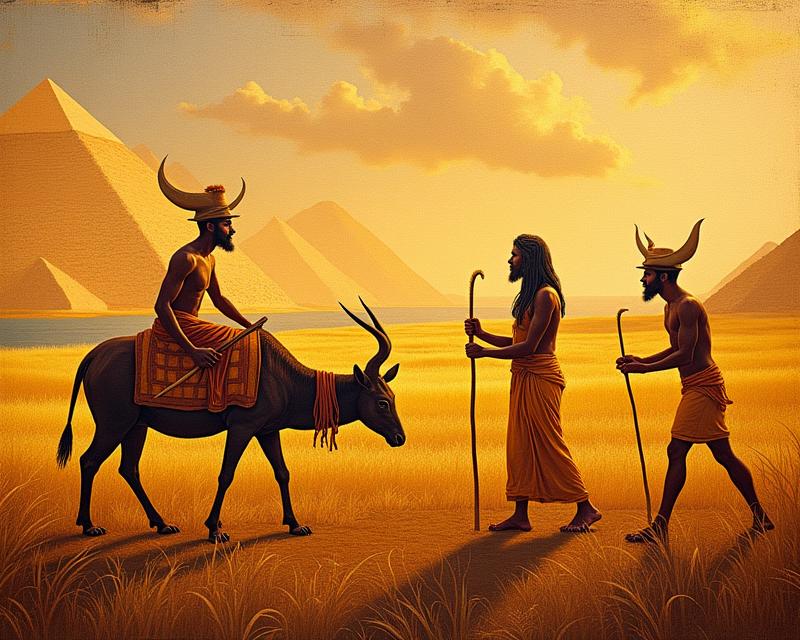Spice Routes: A Journey Through History & Agriculture
Publish in Agriculture el 23/07/2025 17:02
Spice Routes: A Journey Through History & Agriculture
Have you ever wondered where your favorite spices come from? The journey of spices is a fascinating tale of exploration, trade, and agricultural innovation, stretching back thousands of years. These aromatic treasures have shaped cuisines, economies, and even the course of history. Understanding this history can offer valuable insights for farmers and gardeners today, highlighting the importance of crop cultivation and global connections.

Ancient Origins & Early Trade
The story begins in Asia, where spices like pepper, cinnamon, cloves, nutmeg, and ginger originated. Pepper, hailing from the Malabar Coast of India, was one of the earliest traded commodities, prized for its ability to preserve food and add flavor. Cinnamon, from Sri Lanka, followed soon after. These spices weren't just about taste; they were valuable medicinal ingredients too! Early trade routes, known as the Spice Routes, crisscrossed Asia, connecting producers with consumers in the Middle East, Europe, and beyond. These routes weren't just about goods; they fostered cultural exchange and spurred the development of port cities.
The Rise of Global Spice Trade
The demand for spices fueled exploration and colonization. European powers, eager to bypass the existing Middle Eastern intermediaries, sought direct access to spice-producing regions. This led to voyages of discovery, like those of Vasco da Gama and Christopher Columbus, opening up new trade routes and dramatically altering the global landscape. The Dutch East India Company (VOC) and the British East India Company became powerful forces, controlling vast swathes of spice production and trade. This era also saw the establishment of plantations in colonies across the globe, often relying on forced labor, a dark chapter in spice history that we must acknowledge.
Spices Today: Agriculture & Sustainability
Today, spice production is a global industry. While some spices are still cultivated in their traditional regions, others are grown in new locations, adapting to different climates and agricultural practices. Understanding the historical spread of spices can inform modern agricultural strategies. For example, the success of pepper cultivation in various regions demonstrates the adaptability of certain crops. Furthermore, the history of spice trade highlights the importance of sustainable farming practices. Over-reliance on monoculture and exploitative labor practices led to environmental degradation and social injustice in the past. Modern spice farmers are increasingly focusing on organic methods, fair trade certifications, and environmentally responsible cultivation to ensure a sustainable future for this vital industry. Consider exploring diverse crop rotations and soil health practices – lessons learned from the long journey of spices can apply to your own farming endeavors!
The story of spices is a reminder of the interconnectedness of our world and the power of agriculture to shape history. By understanding this history, we can better appreciate the value of the crops we grow and the importance of sustainable practices for a thriving future.
- Pepper: Originated in India, traded along the Spice Routes.
- Cinnamon: From Sri Lanka, used for flavoring and medicinal purposes.
- Cloves: Native to the Maluku Islands (Indonesia), highly valued for their aroma.





